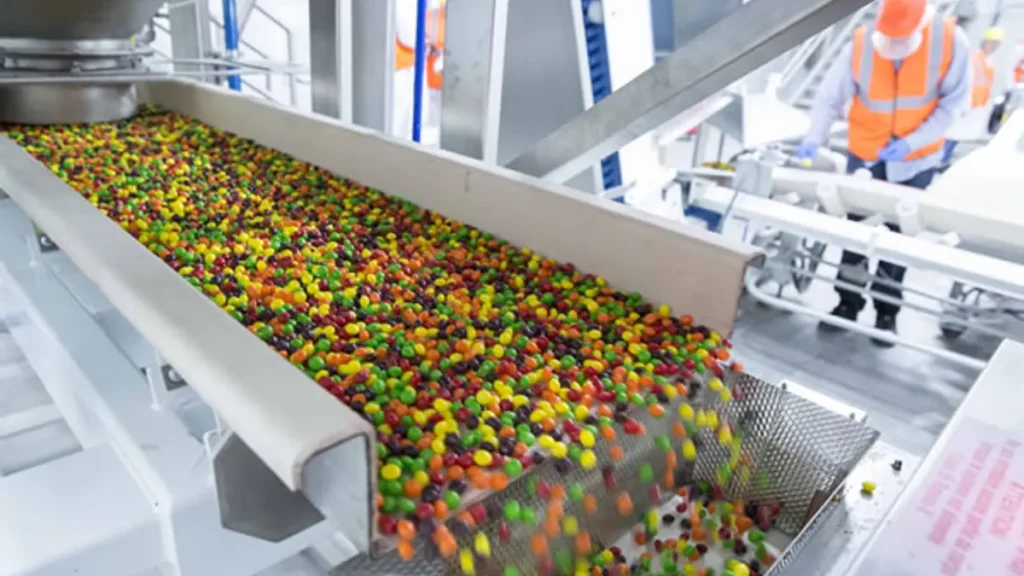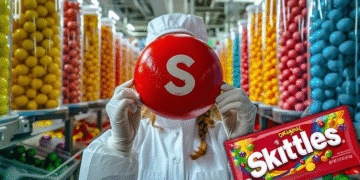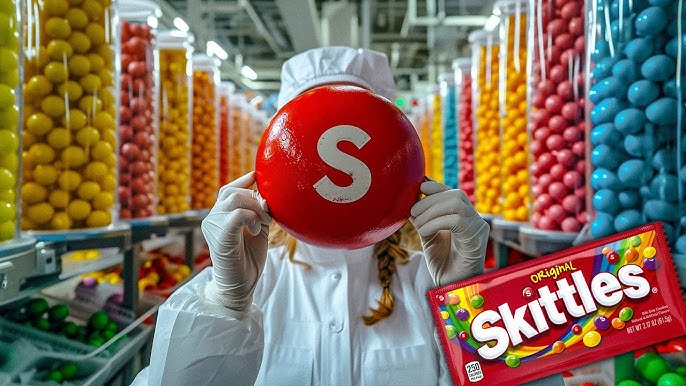It was the kind of news that seemed tailor-made for bold headlines and social media buzz: major food giants like Kraft Heinz, General Mills, and the makers of Skittles declared they would remove artificial colors from their products. The Trump administration quickly claimed a victory, packaging the move under its “Make America Healthy Again” (MAHA) campaign. Even Coca-Cola jumped on the bandwagon, promising to swap high-fructose corn syrup for U.S. cane sugar in a new product line. The narrative was compelling—the administration claimed to be tackling the chronic health crisis in America. But not everyone was convinced that these were anything more than superficial changes.
The Critics Push Back
Nutritionists and public health experts weren’t buying it. Many argued these changes were long in the making, driven by consumer demand for cleaner labels, not government pressure. Dr. Barry Popkin, a professor of nutrition at the University of North Carolina, didn’t mince words: “These are cosmetic changes with no health impact. It’s just PR.” Despite the fanfare, critics noted that the administration simultaneously cut funding for healthcare, SNAP (food stamps), public health programs, and nutritional research. The apparent contradiction sparked concern that this “health campaign” was more about image than substance.
The Bigger Problem – Ultraprocessed Foods
While attention focused on removing synthetic dyes, the real health threat remained untouched: ultraprocessed foods. These convenient, shelf-stable items — from chips to cookies to sugary beverages — make up nearly 70% of the U.S. food supply. Studies link them to obesity, diabetes, cancer, and heart disease. Kennedy’s MAHA Commission even called this an urgent “crisis,” especially for children. Yet no significant actions have been taken to limit ultraprocessed foods. As Dr. Popkin put it, “If Kennedy does anything significant on ultraprocessed foods, it will be hugely important for health.” Until then, the health impact remains minimal.
The Illusion of Healthy Choices
The removal of synthetic dyes gives many of these products an “aura of health,” but experts warn it’s misleading. Dr. Marion Nestle of NYU called it “nutritionally meaningless.” For instance, Kraft Heinz and General Mills had already removed artificial colors from many items before these recent announcements. What’s more, about 64% of consumers are now seeking snacks perceived as “good for them,” prompting companies to rebrand junk food with labels boasting natural colors or added protein. However, soda is still soda, even with natural sugar. This marketing strategy risks confusing consumers and undermining genuine health efforts.
Accountability and Transparency
Public health advocates stress the need for accountability. Aviva Musicus from the Center for Science in the Public Interest stated that voluntary pledges are unreliable, especially without enforcement mechanisms. In the past, similar promises were made and quietly reversed. The Consumer Brands Association defended its transparency record but warned that labeling foods as ultraprocessed might “demonize” shelf-stable options. Critics argue that such warnings are necessary to alert consumers to hidden health risks and to push companies toward real nutritional improvements.

The Hidden Cuts Undermining Health Goals
Behind the scenes, the administration made deep cuts to Medicaid and SNAP, potentially leaving 10 million without health insurance and 22 million families with reduced food assistance. Programs that helped schools buy local produce and taught nutrition to low-income families were axed. Additionally, key public health agencies like the NIH and CDC saw funding slashed and staff laid off. The top nutrition researcher at NIH, who focused on ultraprocessed foods, resigned citing censorship under Kennedy’s leadership—an allegation HHS denies but one that raised red flags about the future of health research.
The Political Balancing Act
Still, not all experts are cynical. Dr. Jerold Mande, a former policy advisor under Obama and Clinton, credited Kennedy for elevating chronic disease as a political priority but noted the administration gets an “incomplete” grade on action. The upcoming MAHA report in August may reveal whether serious steps like front-of-package warning labels or marketing restrictions on junk food are on the horizon. Yet these measures could clash with the administration’s broader deregulatory stance. “Removing artificial colors only matters if it’s the start of something bigger,” Mande emphasized.
A Lesson for Youth: Beyond the Label
For young consumers, the story holds an important lesson: look beyond labels and flashy announcements. A brightly colored snack labeled “natural” might still be junk food in disguise. In a world flooded with marketing and spin, critical thinking is key. True health comes from understanding ingredients, making informed choices, and demanding accountability from both companies and leaders. As this debate shows, not all changes are created equal. And sometimes, the sweetest-sounding promises are just sugar-coated distractions.
















